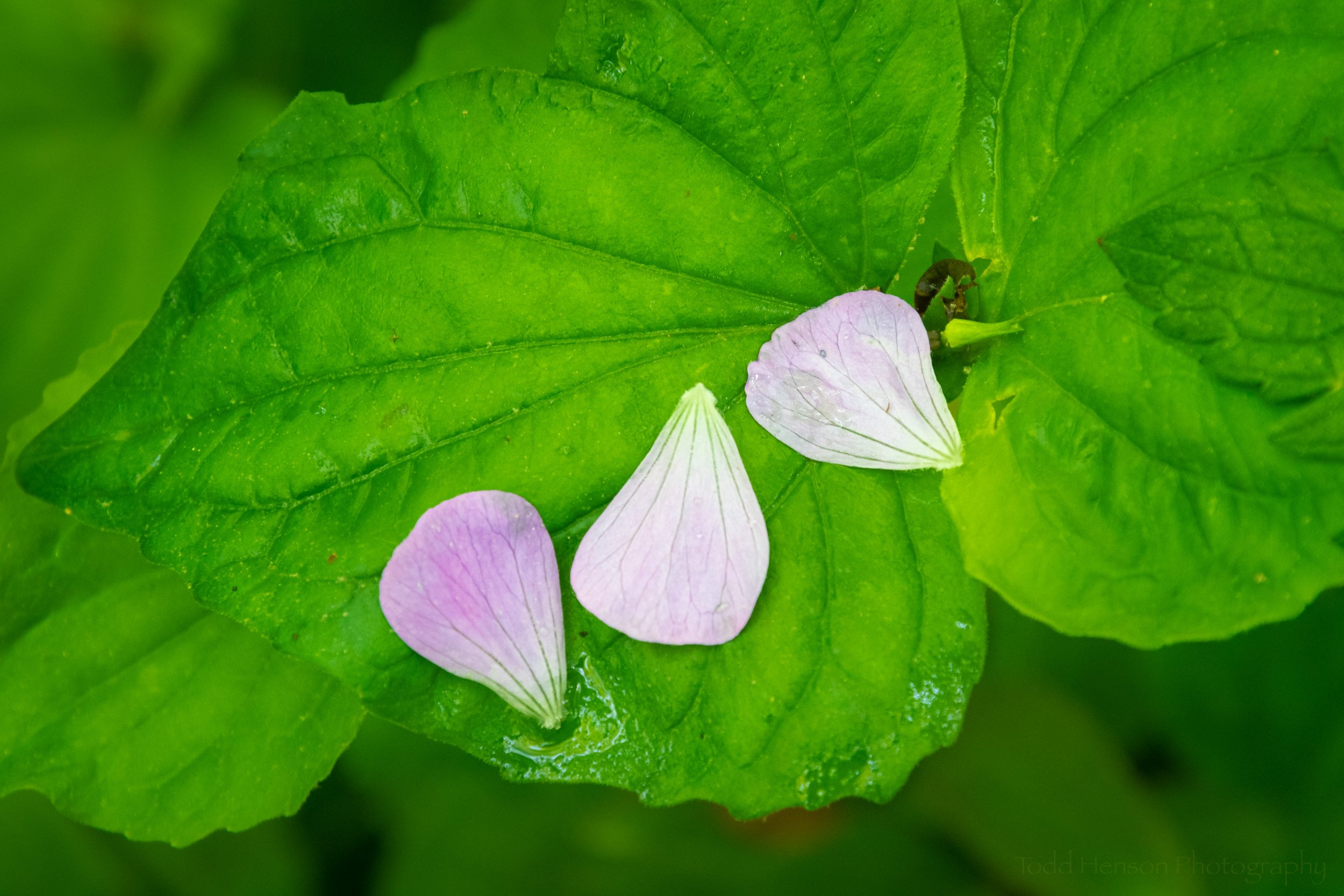Why would you ever want to go to a wetlands park? What could you possibly find there that would make it worth the trip?
Answer: Life!
Healthy wetlands parks are absolutely full of life. They are home to countless species of animals, birds, insects, plant life, and aquatic life. They are important locations for these species, both as places to find food and as places to find shelter, to nest, to raise the next generation. And they are important filters for the water system, cleaning water, filtering it through the plants and layers of soil. Visiting wetlands parks helps remind us of the importance of these crucial and beautiful locations.
Red-winged Blackbirds
Male Red-winged Blackbird perched on a stump
Singing male Red-winged Blackbird
I just recently visited a local wetlands park, and this trip is a perfect example of the rich diversity of life you can find. One of the more common species in this park are the Red-winged Blackbirds. Early spring is mating season and you can watch as groups of male blackbirds chase the females, flying almost too fast to follow, hoping to win them over. They will perch on a branch and sing, puffing up their throat, calling out over and over. It’s a very common sound throughout the park.
Muskrat
This park is home to several beaver lodges, but I don’t often see any beaver. I do, however, see the more common and less shy muskrat swimming through the wetlands, pulling up roots and eating. This time we even watched a muskrat gathering reeds and roots and pulling them into its own little lodge, much smaller than that of the beaver. It was less than 6 feet from the boardwalk. Look at the tail of the muskrat in the photos. It’s both long and large, though not nearly the size of a beaver’s tail.
Muskrat swimming right at me
Look at the length and size of the muskrat's tail
Muskrat entering the water
Canada Geese
A nesting Canada Goose was also very close to the boardwalk. She was curled up on her nest, resting, with one eye open watching her surroundings. She wasn’t at all worried about the people walking by on the boardwalk. There are enough people who wander through this park the geese know they are safe. For a brief period the goose lifted her head up and began moving sticks and reeds from the sides of the nest closer to her and just under her, providing more cushioning and buffer between her eggs and the environment.
Mother Canada Goose resting on her nest
Closer look at the mother Canada Goose on her nest
Canada Goose rearranging branches and reeds on her nest
Wood Ducks
This time of the year is also a perfect opportunity to watch Wood Ducks, as they nest in the trees and the boxes built throughout the park specifically for them. They are such a beautiful and colorful species. They didn’t get very close to the boardwalk this trip, but I still attempted photographing them, even at a distance. I could spend hours watching these ducks.
Mates pair of Wood Ducks on a downed tree
Female Wood Duck flapping wings as male swims in the background
Great Blue Heron
A very common species at this, and many, wetlands parks are Great Blue Herons. They live here throughout the year, though their numbers increase this time of year. I never tire of watching these amazing birds. And this time of year the males display their beautiful breeding plumage, with the long lighter-colored feathers surrounding their breast and back. Magnificent and graceful birds. I watched one perched on the branch of a downed tree preening itself, twisting its head around in the strangest contortions, under its wings, over its shoulders, twisting and turning. As with so many species, I love watching these birds and never tire of photographing them.
Great Blue Heron in breeding plumage moves through wetlands brush
Great Blue Heron flying away with Red-winged Blackbird in foreground
Great Blue Heron in breeding plumage preening
Great Blue Heron looking tired while perched on branch
American Coot
Another species to return to the wetlands in the spring are the American Coot, a species that resemble ducks but is its own species. Coot are almost completely black and dark grey with a white beak and deep red eyes. I watched this one diving completely beneath the surface of the water to find food. Their feathers repel the water, and you can see water beading up on their backs and necks after coming back out of the water. They are curious little birds, and as with all species, I love watching and photographing them. I don’t have nearly enough photos of these birds.
American Coot with reflection in still water
American Coot just diving beneath the surface
Osprey
If you’re fortunate you may see an Osprey hovering over the wetlands looking for fish in the water below. And if you’re really fortunate you’ll watch as it plunges down into the water, coming back up with a fish in its talons. It will shake its wings dry, as they don’t repel water as well as those of the coot, and then fly away to find a tree perch where it can eat the fish in peace. Or perhaps it will fly back to its nest and leave the fish with the female. When her eggs hatch the male will be especially busy gathering fish for the hungry young. I love watching young Osprey in the nest, though I’m not aware of any nest in this wetlands park.
Osprey flying away with fish in talons
Spotted Turtles
Spring also brings turtles of various species back out to sun themselves on logs and banks. This trip I photographed a small group of Spotted Turtles on a log. Eventually just about every log will be covered in turtles. And the larger snapping turtles will hide just under the surface looking for any creatures unfortunate enough to stray too close.
Four Spotted Turtles on a log in wetlands
Read-headed Woodpeckers
The trails leading out of the wetlands back to the visitor’s center and parking lot are also full of birds. It’s often more difficult to photograph them high in the trees, but still fun to try. One species that really stands out and spends time at the edge of the woods closest to the wetlands is the Red-headed Woodpecker. This species is aptly named, as its head is completely red, and a beautiful metallic red that just sparkles when the sun hits it. I didn’t manage many photos of red-headed woodpeckers this time around, but did capture one from a distance, high up in a tree just outside a perfectly circular hole, perhaps its nest.
Red-headed Woodpecker perched in front of hole in tree
Insects
Wetlands parks are also home to all manner of insects. I’ve been lucky in this park in that there aren’t usually many biting insects, not like several other parks I visit. But if you keep your eyes out you can find insects worthy of photographing. Eventually the dragonflies and damselflies will return, along with butterflies and katydids. I photographed the remains of an insect nest this trip, possibly an old bee’s nest, hanging from a branch in the woods not far from the wetlands. And we watched what appeared to be hornets nesting in a tree cavity, though we didn’t approach too close.
And Much, Much More
This was just a small sampling of the species you can find in wetlands parks. There are so many other species of birds to watch and photograph, and the list changes throughout the year. Other mammals include deer, mice, voles, beaver, fox, and possibly others. The snakes should be coming back out before long. In this park I’ve seen water snakes, garter snakes, and ribbon snakes. There are many other species of turtles, such as snapping, painted, mud, and box turtles. In the water are fish and crustaceans, though I don’t often see these except when caught by the other animals. There are a large number of amphibians that will soon appear, including several species of frog, toad, and salamander. And, of course, there are so many different species of plants, some flowering, some that live in water, or just near water, and those in the woods beyond the wetlands.
Do you have any local wetlands parks you enjoy visiting? If not look around your area and see if, perhaps, there are any. If so they are very much worth visiting.
Do you enjoy these posts?
Sign up to receive periodic emails with updates and thoughts. Don’t worry, I won’t spam you. And please consider purchasing artwork or products from my online store, and using my affiliate links in the sidebar to the right when shopping online.
I appreciate your support!




























